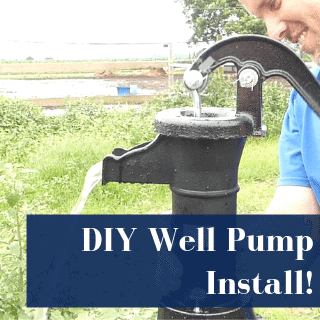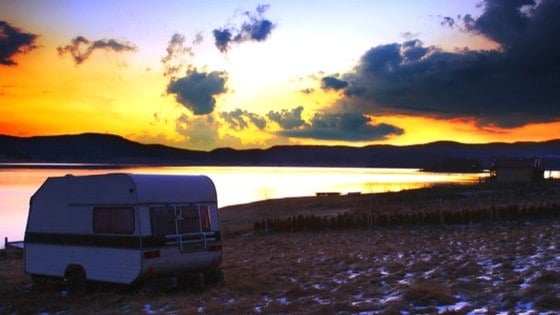Easy DIY Well Pump Install (Off Grid)
Other reading: Best Waterers for Backyard Chickens DIY Automatic Waterers Maat van UitertMaat van Uitert is a backyard chicken and sustainable living expert. She is also the author of Chickens: Naturally Raising A Sustainable Flock, which was a best seller in it’s Amazon category. Maat has been featured on NBC, CBS, AOL Finance, Community Chickens,…



